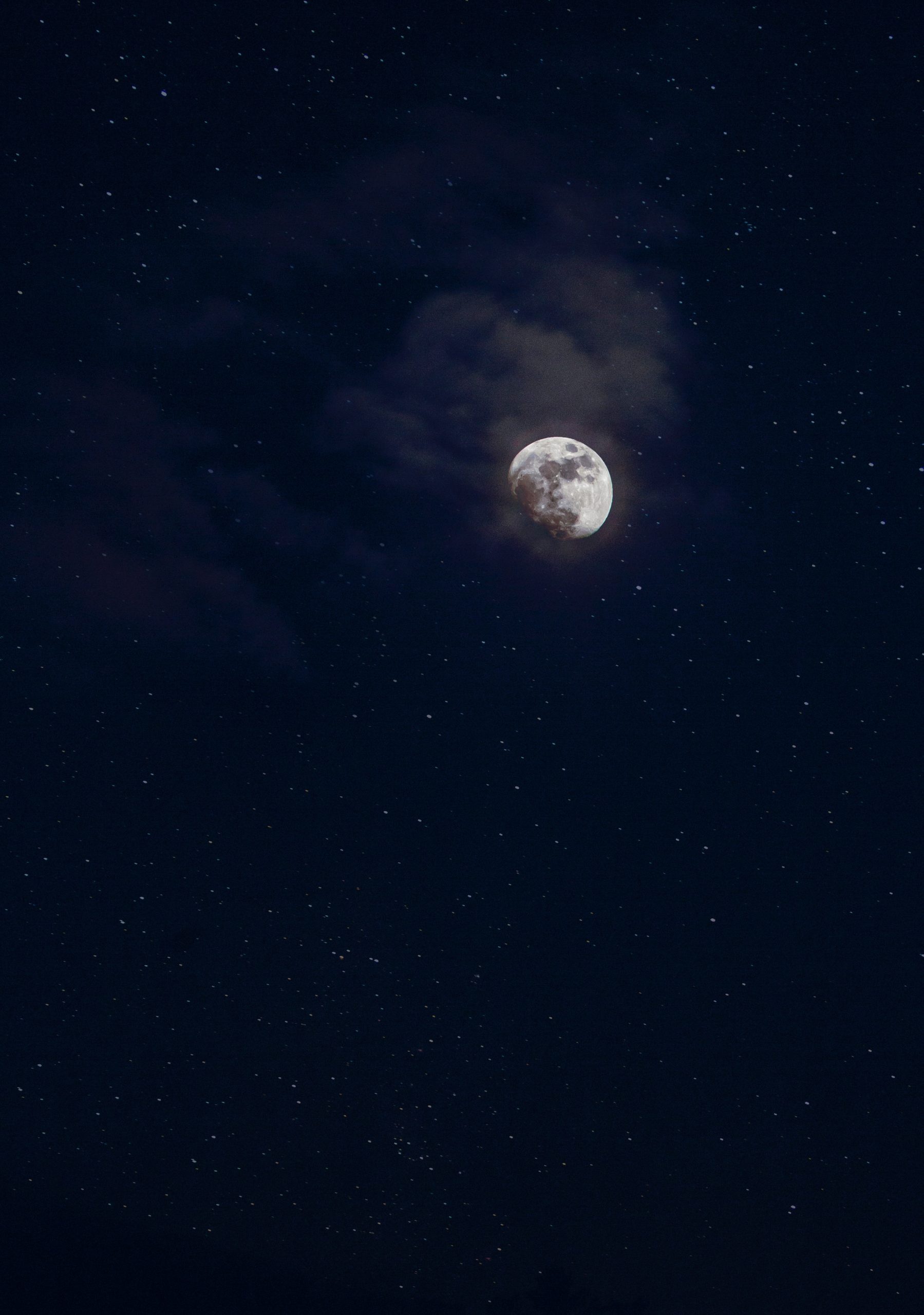Why is the Crescent Moon a Symbol of Islam?
Symbolism plays a significant role in religious and cultural practices around the world. One such symbol that is instantly recognizable in relation to the Islamic faith is the crescent moon. The crescent moon is not only seen adorning mosques, flags, and religious artefacts, but it is also used to mark the beginning and end of the Islamic month. In this blog post, we will delve into the history and significance of the crescent moon as a symbol of Islam, exploring the various interpretations and cultural contexts that have shaped its association with the religion.
The Origins of the Crescent Moon Symbol
The use of the crescent moon as an Islamic symbol traces back to the early days of the religion. The historical connection can be found in the cultural roots of the Arabian Peninsula, pre-dating the arrival of Islam. It is believed that the crescent moon was used as a symbol among pagan Arab communities.
By the time Islam emerged in the 7th century, the crescent moon symbol had been prevalent in the region for centuries. Islam embraced many pre-Islamic customs, but the early Muslim community gave these customs new meanings within the context of their faith. The adoption of the crescent moon as an Islamic emblem was one such adaptation.
The Lunar Calendar and the Crescent Moon
The lunar calendar, which follows the cycles of the moon, holds significant importance in Islam. Unlike the Gregorian calendar, which is solar-based, the Islamic calendar relies on the sighting of the crescent moon to determine the beginning and end of each month. This practice is a direct reflection of the importance of the moon in Islamic tradition.
The lunar month has an average of 29.5 days, resulting in months of alternating lengths. The sighting of the crescent moon signals the start of a new month, marking the beginning of religious observances such as fasting during Ramadan or the celebration of Eid al-Fitr, the festival that follows Ramadan.
Apart from the religious significance, the lunar calendar holds practical benefits in an agrarian society. Farming communities relied on the moon’s phases to track the seasons and ensure proper timing for planting and harvesting.
Islamic Interpretations of the Crescent Moon
The crescent moon signifies different things to different cultures, and its interpretation within the Islamic faith varies as well. Here are a few of the most common interpretations:
Symbol of the Divine
For many Muslims, the crescent moon is seen as a representation of the divine. It symbolizes the presence and power of Allah, the god of Islam. The moon’s shine in the darkness is often associated with divine light and guidance. This interpretation highlights the majesty and beauty of Allah as the source of all creation.
Reminder of the Prophet Muhammad
Another interpretation of the crescent moon relates to its connection with the Prophet Muhammad. According to Islamic tradition, the Prophet received revelations from Allah during the holy month of Ramadan. Muslims believe that the first revelation occurred on the “Night of Power,” which is associated with the sighting of a crescent moon. Thus, the crescent moon serves as a reminder of the pivotal moment in Islamic history and the importance of prophet Muhammad as Allah’s messenger.
Symbol of Unity
The crescent moon is also associated with unity in Islam. It serves as a symbol of Muslim identity and community worldwide. The symbol can be found on flags of various Muslim-majority countries, representing the shared values and beliefs among Muslims. Displaying the crescent moon fosters a sense of belonging and solidarity among Muslims globally.
The Cultural Context: Cultural Influences on Symbolism
While the Islamic interpretation of the crescent moon symbolizes religious concepts and values, its usage and cultural associations have also been influenced by different regions and historical contexts.
Ottoman Influence
During the expansion of the Ottoman Empire, the crescent moon became closely linked to Islamic identity. It appeared on flags, buildings, and coins throughout the empire. The symbol’s association with the Ottoman Empire reinforced its position as a powerful emblem of Islamic culture.
Persian Influence
In Persian culture, the moon has long been a symbol of beauty, love, and poetry. This perception naturally translated into the Islamic context, contributing to the prominence of the crescent moon as a cherished symbol.
Moorish Influence
The Moorish civilization, which thrived in the Iberian Peninsula during the Middle Ages, greatly influenced European culture. The crescent moon, seen as a reminder of this once-flourishing culture, has been adopted by Muslim communities in Europe and can be seen in their religious and cultural expressions.
The Interplay of Symbols and Identity
Symbolism plays a crucial role in shaping the identity and sense of belonging for individuals and communities. The crescent moon, as an Islamic symbol, serves not only as a marker of religious affiliation but also encapsulates a rich cultural and historical heritage. This emblem resonates with Muslims worldwide, reminding them of their faith, cultural ties, and a shared sense of community.
Understanding the significance of symbols like the crescent moon allows individuals to appreciate and respect diverse cultures and religions, fostering greater mutual understanding and harmonious coexistence in our interconnected world.
In conclusion, the crescent moon has earned its position as a prominent symbol of Islam due to its historical significance, ties with the lunar calendar, and cultural associations. Its interpretations encompass religious aspects, such as divine presence and the Prophet Muhammad, as well as notions of unity and Muslim identity. The crescent moon not only serves as a powerful emblem of Islam but also reflects the complex interplay of historical, cultural, and religious influences on symbolism.
Table of Contents
